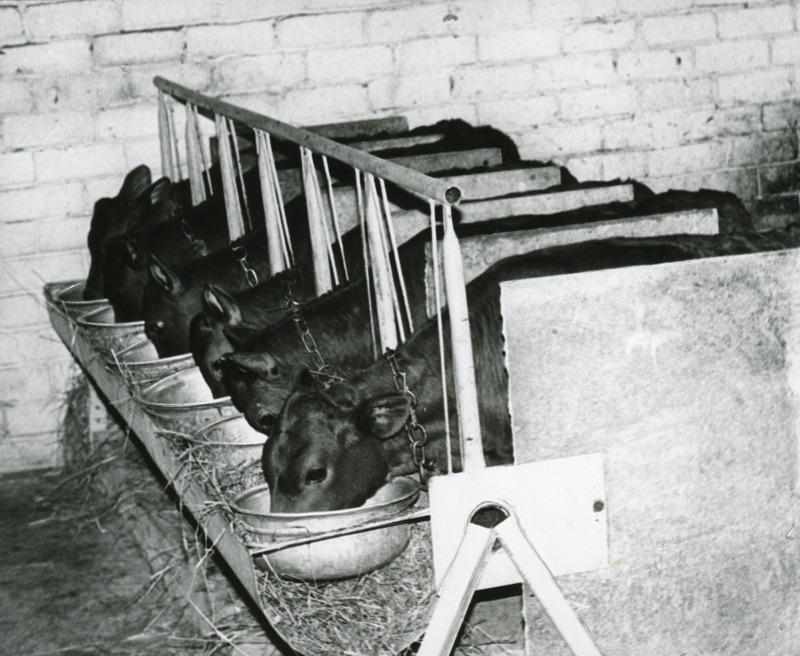Basic information on watering calves
Basic information on watering calves:
First drinkThe very first drink a calf should receive is
colostrum
. Colostrum is the mother’s milk produced by the cow after calving. It contains essential antibodies and nutrients that help strengthen the calf’s immune system and protect it from diseases. Ideally, the calf should receive colostrum within the first 2–6 hours after birth.
Quantity and frequency: During the first days, calves should receive colostrum amounting to about 10% of their body weight per day. For example, a calf weighing 40 kg should get around 4 liters per day. Some recommend dividing this into two feedings.
Transition to milk or milk replacer: After the first few days, you can gradually start introducing the calf to milk or a milk replacer. Milk replacers are special formulas designed to provide calves with all the necessary nutrients, but they should be chosen carefully to ensure high quality and the absence of undesirable additives.
Watering equipment: For watering calves, a teat, bucket, or automatic watering system can be used. It is important to ensure that all watering equipment is clean to prevent the spread of diseases.
Water availability: Although the main diet of calves during the first weeks of life consists of milk or milk replacer, it is important to ensure that they also have access to fresh drinking water. This supports digestion and overall health.
Transition to solid feed: From a few weeks of age, calves can be offered hay or special calf starter feed. This helps develop their digestive system and prepares them for the transition to solid food.
Weaning
: Calves are usually weaned off milk or milk replacer at around 2 months of age, although this may vary depending on the feeding strategy and the growth rate of the calves.
Monitoring: It is important to regularly monitor the behavior and health of calves. If you notice that a calf is not drinking enough or has digestive problems, it may be a sign of illness or nutritional issues.
In conclusion, it is important to note that calf watering and general care require knowledge and commitment. Regular observation and quick response to potential issues help ensure the health and well-being of calves.


